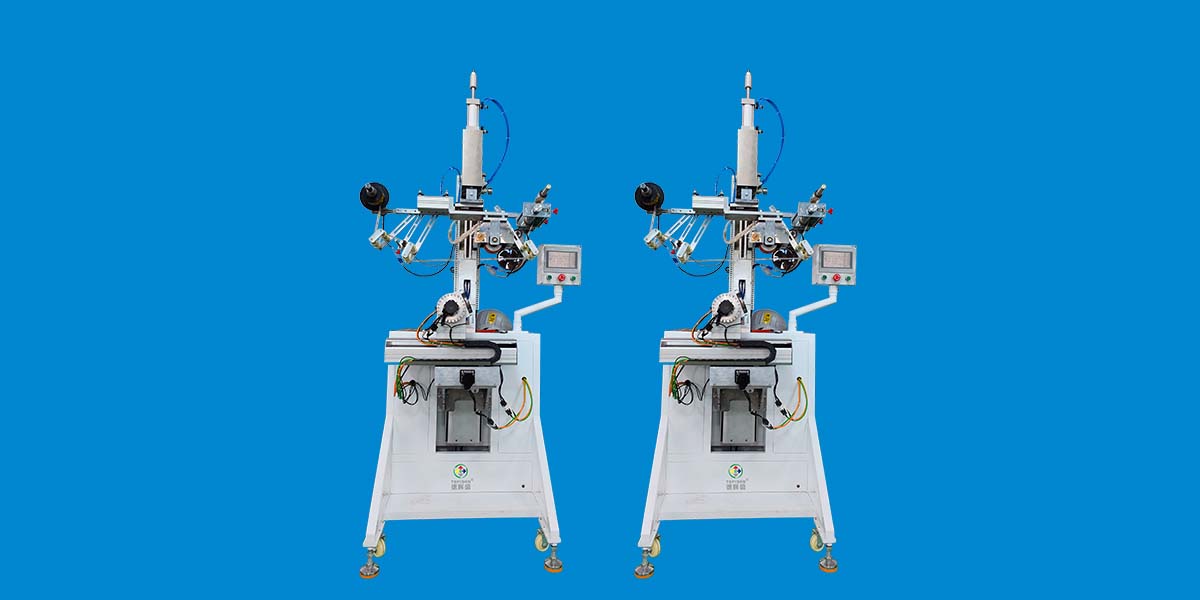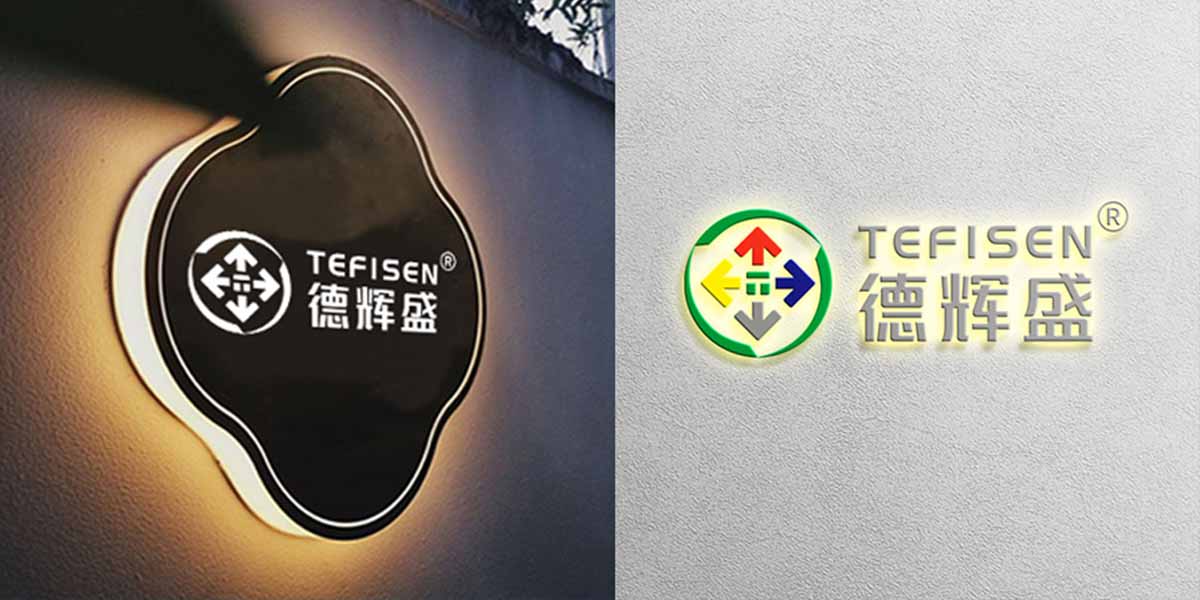Helmet Pad Printing Machines | Evolution, Technological Atrends & Market Analysis
I. Development History of Helmet Pad Printing Machines
A. Origin and Early Applications
The origins of pad printing technology can be traced back to the European handicraft manufacturing industry, with its earliest applications found in the watchmaking sector. During that era, watches were not merely timekeeping devices but also exquisite works of art, requiring intricate dials and markings. Pad printing technology, with its high precision and multi-color printing capabilities, swiftly gained a foothold in printing watch dials. This technology utilizes specialized printing steel plates and rubber heads to precisely transfer patterns and texts onto product surfaces, significantly enhancing the aesthetics and readability of watches.

Concurrently, helmets were also evolving. From the first canvas and shellac helmets introduced during the 1914 Brooklyn motorcycle races to later iterations made of leather, metal, plastic, and other materials, helmet design increasingly emphasized both protective performance and aesthetic appeal. In this context, helmet manufacturers sought new decoration and printing technologies to meet the growing demands of consumers. Pad printing, with its efficiency and flexibility, gradually emerged as a vital choice for helmet printing and decoration.
B. Technological Development and Maturation
As pad printing technology found its footing in the helmet industry, it underwent a transformation from manual operation to semi-automatic and, eventually, fully automatic processes. Early pad printing machines were largely manual, requiring workers to place helmets, adjust printing positions, etc., resulting in low productivity and high error rates. Technological advancements led to the emergence of semi-automatic machines, automating some operations and significantly boosting production efficiency. Today, fully automatic pad printing machines dominate the market, enabling continuous, high-speed, and precise printing, significantly enhancing the overall efficiency of helmet production lines.
Advancements in materials and technology further propelled the development of helmet pad printing. Enhancements in printing steel plates, inks, rubber heads, and machine components drove improvements. Steel plates became more precise and durable, yielding clearer and finer prints; ink varieties and properties expanded to cater to different materials and printing needs; rubber head materials and designs optimized for stability and consistency during printing; and machine structures and control systems upgraded for easier and smarter operation.
As technology matured, pad printing's application domains expanded. From watch dials to helmets, eyeglass frames, household appliances, stationery, and beyond, pad printing demonstrated its unique advantages and broad prospects. In the helmet market, pad printing technology has become indispensable, providing efficient and precise solutions for helmet printing and decoration.
C. Key Milestones
Several significant milestones marked the history of helmet pad printing machines. Firstly, the introduction of pad printing technology to China via Hong Kong in the 1980s not only accelerated the development of China's pad printing technology but also laid the foundation for the localization of helmet pad printing machines. The rise of companies like Shenzhen Futafa Industry Co., Ltd. positioned them as leaders in China's helmet pad printing machine industry, contributing significantly to the industry's growth.
Another crucial milestone was the global promotion and application of pad printing technology. With the development of international trade, pad printing technology spread beyond Europe, gaining widespread adoption worldwide. In the helmet market, its efficiency and precision won over numerous manufacturers and consumers. Today, pad printing technology can be found on motorcycle helmets in Europe, bicycle helmets in Asia, and safety helmets in Africa.
II. Technological Development Trends
Intelligence and Automation
In the field of helmet pad printing machines, intelligence and automation have become an irreversible trend. With the advent of Industry 4.0, the manufacturing industry is undergoing unprecedented changes, and the helmet pad printing machine industry is no exception.
The introduction of fully automated production lines has significantly enhanced production efficiency and product quality. These lines integrate robotic technology, automatic detection and adjustment systems, and advanced material handling systems, achieving full automation from raw material supply to finished product output. This not only reduces labor costs but also improves product consistency and stability by minimizing human intervention. On such production lines, helmet pad printing machines, as key equipment, can continuously and stably perform high-precision printing operations, ensuring that every helmet meets or exceeds predetermined quality standards.
Precise control is crucial to achieving high-quality printing. Modern helmet pad printing machines are equipped with advanced control systems and sensors that can monitor various parameters in the printing process, such as pressure, speed, and temperature, and make precise adjustments. These control systems utilize sophisticated algorithms and data processing technologies to manage the printing process meticulously, ensuring that the edges of patterns and texts are sharp and clear, with vibrant and even colors. Furthermore, the integration of machine vision technology enables real-time monitoring and feedback of printing effects, further enhancing printing precision and efficiency.

High Precision and Personalized Customization
As consumers' demands for product quality and personalization continue to rise, helmet pad printing machines demonstrate immense potential in high precision and personalized customization.
Micron-level printing precision has become the basic standard for modern helmet pad printing machines. By continually optimizing the performance of critical components like printing steel plates, inks, and rubber heads, and introducing more advanced control systems and sensor technologies, these machines can achieve micron-level printing precision. This means even the finest patterns and texts can be precisely transferred onto helmet surfaces, significantly enhancing product market competitiveness and added value.
Personalized customization is a vital means of satisfying consumers' diverse needs. Modern helmet pad printing machines support rapid switching and combination of various patterns and texts, enabling customized designs based on specific customer requirements. With the introduction of digital design software and online customization platforms, consumers can easily select their preferred patterns, colors, fonts, and other elements, with real-time previews of customization effects. This highly personalized customization service not only meets consumers' individual needs but also creates more business opportunities and profit margins for enterprises.
Environmental Protection and Energy Saving
In today's society, environmental protection and energy saving have become global consensus, and the helmet pad printing machine industry is no exception. Green manufacturing and waste management have emerged as important directions for industry development.
Green manufacturing requires enterprises to adopt environmentally friendly materials and technologies during production to reduce environmental impact. In the helmet pad printing machine sector, this means using low-VOCs-emitting inks, energy-efficient motors, and other eco-friendly materials and technologies. These materials and technologies not only reduce pollution emissions during production but also improve energy efficiency and lower production costs. Additionally, enterprises must strengthen waste management during production, reducing waste generation and emissions through classification, recycling, and utilization.
New Materials and Processes
The application of new materials and processes has injected new vitality into the development of the helmet pad printing machine industry.
In terms of new material applications, the use of high-performance materials like PET and ABS significantly enhances helmets' protective properties, comfort, and aesthetics. These materials exhibit excellent physical and chemical stability, as well as favorable processing and molding properties. Incorporating these materials into helmet manufacturing results in lighter, more durable, and visually appealing helmet products. Simultaneously, these new materials offer more printing options and possibilities for helmet pad printing machines, enriching printing effects.
In terms of process innovation, combining injection molding, reinforced fibers, and other techniques can further enhance helmets' overall quality. Injection molding enables rapid prototyping and mass production of helmet shells, improving production efficiency and product quality. The application of reinforced fibers and other composite materials strengthens helmets' durability and rigidity, enhancing protective performance. The introduction of these new processes not only promotes technological advancements and product upgrades in the helmet manufacturing industry but also creates more business opportunities and development space for the helmet pad printing machine industry.
III. Helmet Market Scale
Market Demand
With the continuous enhancement of safety awareness and the increase in personalized demands, the demand for helmets continues to grow.
The improvement of safety awareness is one of the critical factors driving the growth of helmet market demand. Helmets have become indispensable protective equipment in various fields such as motorcycles, construction, mining, and more. As relevant regulations are improved and enforcement strengthened, along with consumers placing greater emphasis on their personal safety, the demand for helmets has been increasing annually. This trend provides broad market space and development opportunities for the helmet pad printing machine industry.
Personalized demands are another significant factor driving the growth of helmet market demand. Modern consumers increasingly value the individuality and differentiation of products. They expect their helmets not only to provide protective functions but also to showcase their personality and taste. Therefore, the demand for helmet appearance and personalized customization is also on the rise. This demand offers more business opportunities and innovative spaces for the helmet pad printing machine industry.
Market Size and Growth
According to forecasts by authoritative institutions such as IndustryARC, the global helmet market is projected to grow steadily at a compound annual growth rate of approximately 5.6%, with the market size exceeding USD 17.4 billion by 2027. This forecast data fully demonstrates the enormous potential and broad prospects of the helmet market. Meanwhile, helmet demand in different fields exhibits distinct characteristics and development trends. For instance, in the motorcycle sector, as motorcycle culture spreads and consumers prioritize riding safety, the demand for motorcycle helmets will continue to grow. In construction and mining, with the improvement of relevant regulations and enforcement, the penetration rate of safety helmets will also increase.
Competitive Landscape
IV. Leading Companies
In the helmet pad printing machine sector, both domestic and international markets have emerged with a group of leading enterprises. Relying on advanced technology, superior quality, and excellent services, they have secured a foothold in the market. Among them, Guangdong Tefisen Technology Co., Ltd., as a leader in China's industry, has made remarkable achievements in the R&D, production, and sales of helmet pad printing machines with its profound industry experience and technological innovation capabilities. The company boasts a comprehensive product line and can quickly respond to market demands and customer feedback for customized development, earning widespread market recognition.
Additionally, several renowned enterprises in the international market excel in the helmet pad printing machine sector. These enterprises typically possess more advanced technological capabilities and broader market layouts, enabling them to provide high-quality products and services globally. Through continuous technological innovation and market expansion, they have consolidated their leading positions in the helmet pad printing machine industry.
Competitive Advantages
Each enterprise boasts unique competitive advantages in technology, quality, and service. In terms of technology, leading enterprises typically possess core technologies and patents with independent intellectual property rights, enabling them to offer customized, high-precision printing solutions to clients. They continuously invest in R&D resources to facilitate product upgrades and replacements, meeting the ever-changing demands of the market. When it comes to quality, these enterprises emphasize the selection of raw materials and control of the production process to ensure the stability and reliability of product quality. Through rigorous quality management systems and testing methods, they guarantee that every helmet pad printing machine meets established quality standards. In terms of service, leading enterprises generally possess comprehensive after-sales service systems and professional technical teams, capable of providing timely and professional technical support and solutions to clients. They prioritize communication and collaboration with clients, fostering strong partnerships and offering comprehensive service support.
V. Market Trends
In the future, the helmet pad printing machine market will exhibit the following technological development trends:
1. Intelligence: With the continuous development of artificial intelligence and IoT technologies, helmet pad printing machines will become more intelligent. By integrating smart control systems and sensor technologies, automation and intelligent management of the production process will be achieved, enhancing production efficiency and product quality.
2. High Precision: As consumers' demands for product quality and appearance increase, high-precision printing will emerge as a significant development direction for helmet pad printing machines. By optimizing printing processes and upgrading equipment performance, micron-level printing precision can be achieved, satisfying the market's demand for high-quality products.
3. Environmental Protection: With heightened environmental awareness and improved regulations, environmentally friendly helmet pad printing machines will dominate the market. Using eco-friendly materials and technologies such as low-VOCs emitting inks and energy-saving motors, pollution and waste during production will be reduced.
In terms of market demand, personalized customization and safety performance enhancement will be key consumer concerns. With the rise in personalized demands, helmet pad printing machine enterprises need to offer more diverse and individualized printing solutions. Simultaneously, as safety awareness increases and regulations improve, consumers' requirements for helmet safety performance are also rising. Therefore, enhancing helmets' protective capabilities and comfort will become crucial points of competition for enterprises.
VI. Challenges and Opportunities
Faced with challenges such as intensified market competition and heightened environmental protection requirements, helmet pad printing machine enterprises must continuously innovate and upgrade to address challenges and seize opportunities. On the one hand, enterprises need to increase R&D investments and technological innovation efforts to enhance products' technological content and added value. On the other hand, enterprises must keep abreast of market dynamics and shifts in consumer demand, promptly adjusting product structures and market strategies to adapt to market changes.

